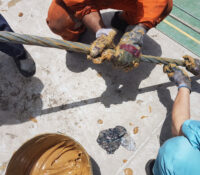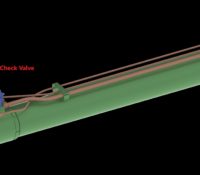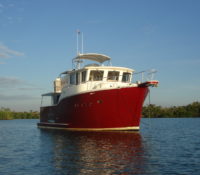The Importance of Crane Wire Rope Lubrication
Wire ropes are critical components of cranes and play a crucial role in ensuring the safety and efficiency of crane operations. To extend the life of these ropes and maintain their strength and performance, it is essential to regularly lubricate them. Read More













